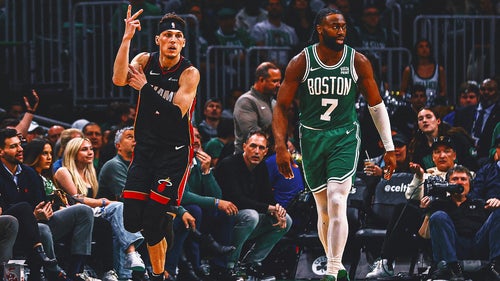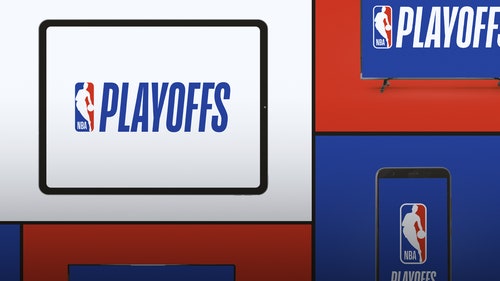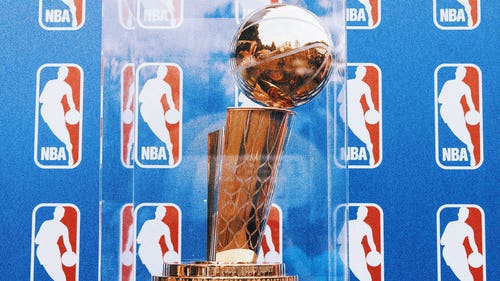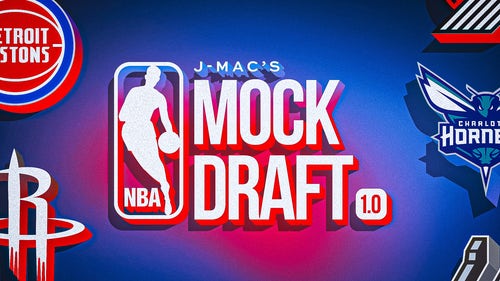
Celtics vs. Raptors: Does Isaiah Thomas Have Edge Over Kyle Lowry?
Boston and Toronto sit separated by just one game in the Atlantic Division standings heading into their tilt on Tuesday. The point guard matchup will loom large each time these teams face off.
Heading into the season, many could argue that the main objective of the Boston Celtics was leapfrogging the Toronto Raptors, becoming the second-fiddle to the defending NBA champion Cleveland Cavaliers in the Eastern Conference. Early on in the season, the Celtics appeared to be falling monumentally short of this expectation. However, since the return of the NBA’s fifth leading scorer, Isaiah Thomas, on December 16, a 10-2 surge has catapulted Boston to just a single game behind the Raptors for the second seed in the Eastern Conference.
With Toronto having lost five of their last seven games, the Celtics have hopped over the three-time defending Atlantic Division champions in a plethora of power rankings and will be looking to batter the Raptors for the first time this season on Tuesday night north of the border. While shooting guard Avery Bradley is expected to miss his second straight game with an achilles injury, reserve guard Marcus Smart has filled in exceptionally for Bradley in two games since December 30th and will look to continue his tremendous three-point shooting display as of late.
Regardless of whether or not the Celtics can garner a victory at the Air Canada Centre, the question will still remain as to whether or not the team can handle the Raptors in a seven-game series. Toronto currently averages the third-most points per game in the NBA (110.6) with the fifth-highest point differential (+6.2). Meanwhile, Boston’s defense allows a mediocre 104.4 points per game, placing them immediately in the middle of the pack in the league.
The result of this battle would likely hinge on which team is able to garner the edge at the point guard position. Each team possesses a floor general capable of starting for the Eastern Conference in the All-Star Game, with Thomas and Kyle Lowry of the Raptors competing for this honor over the course of the next month.
More from Hardwood Houdini
Since hopping back into the starting lineup after a four-game absence facilitated by a groin injury, Thomas has been virtually unstoppable. In the last 12 games, Thomas is averaging a nightly figure of 31.4 points and six dimes per outing while shooting an astounding 51 percent from the field and 43.6 percent from deep on 8.4 three-point attempts per game. Overall, Thomas is averaging 41.3 points and 9.1 assists per 100 possessions with a scintillating offensive rating of 123. Despite his usage rate ballooning to a career-high 33.6 percent, his turnover rate has lessened to a career-low 9.3 percent, leading to an increase in offensive box plus-minus from 5.0 in 2015-16 to 8.6 this season.
Thomas has also developed as a creator, using his tremendous ability to penetrate past the first line of a defensive front to force defenders to converge onto him. His improved court vision has allowed him to spot offensive options and deliver passes with pinpoint accuracy, as evidenced by his 15-assist performance in the Celtics 115-104 win over the Utah Jazz on January third. Thomas is enjoying a career-best assist rate of 33 percent while his assists per game average sits at 6.1, an impressive mark for someone tasked with shooting 18.9 field goal attempts per outing.
However, Lowry possesses the ability to break a defender down off of the dribble and with his three-point accuracy as well. He emerged for a dominant performance in a victory over Boston on December 9, breaking out for 34 points, seven rebounds, and a substantial game score of 27.9. The two-time reigning All-Star selection is enjoying the best season of his career shooting-wise, with a true shooting percentage of 63.8 percent bolstered by his eclipsing of the 40 percent mark from three-point range for the first time in his professional tenure. His points per 36 minutes average of 21.6 is the highest figure of his career, and his offensive rating of 125 cloaks his mark of 115 from last season.
Lowry has also boosted his ability to create for others as his assist percentage has risen to 30 percent. In the process, Lowry’s box plus-minus rating has soared to 7.2 from 3.6 two seasons ago, towering over Thomas’ mark of 4.9. Additionally, Lowry’s value over replacement player figure of 3.2 eclipses Thomas’ 1.9, and his 6.5 win shares trumps Thomas’ 5.6.
Lowry has struggled with turnovers throughout his career, however, and this season has not been an exception. His turnover percentage has climbed to 14.3 percent this season, his highest rate since 2012-13, his first season in Toronto. This rise comes despite his usage rate falling from 26.1 percent in 2015-16 to 24.3 percent in 2016-17. Per 100 possessions, Lowry is posting 0.4 more turnovers than Thomas, which speaks volumes considering the fact that Thomas is relied upon to generate offense at a considerably higher rate than Lowry.
In addition, Thomas garners a tremendous edge when the fourth quarter rolls around. When Boston needs a bucket in the final 12 minutes, Thomas has consistently been there to provide assistance. His 9.5 points per fourth quarter average towers over Lowry’s average of 7.8 points in the final quarter of play despite Lowry averaging 10.2 minutes of playing time in the fourth quarter compared with Thomas’ 7.6. Thomas shoots at a higher rate from the field (48.2 percent vs. 46.5 percent), the free throw stripe (89.2 percent vs. 84.4 percent), and from three-point land (43.9 percent vs. 38.8 percent). In the final five minutes of games in which the scoring differential is within five points, the difference between Thomas and Lowry is punctuated.
Thomas shoots 45 percent from three-point range in these situations while Lowry’s accuracy from deep plummets to a harrowing 21.7 percent. Lowry’s field goal percentage falls to 41.2 percent while Thomas’ hovers at 47.4 percent, and Thomas posts 4.7 points per situation while Lowry averages just 2.9.
Overall, Thomas’ PER of 26.8 is superior to Lowry’s figure of 23.8. Thomas provides the Celtics with one of the NBA’s premiere options in clutch situations, while Lowry has struggled when the bright lights shine upon him throughout his tenure in the NBA. When the game comes down to the wire, this makeup could separate Thomas from his counterpart and help Boston to a close victory over the Atlantic Division rival.













































































































































